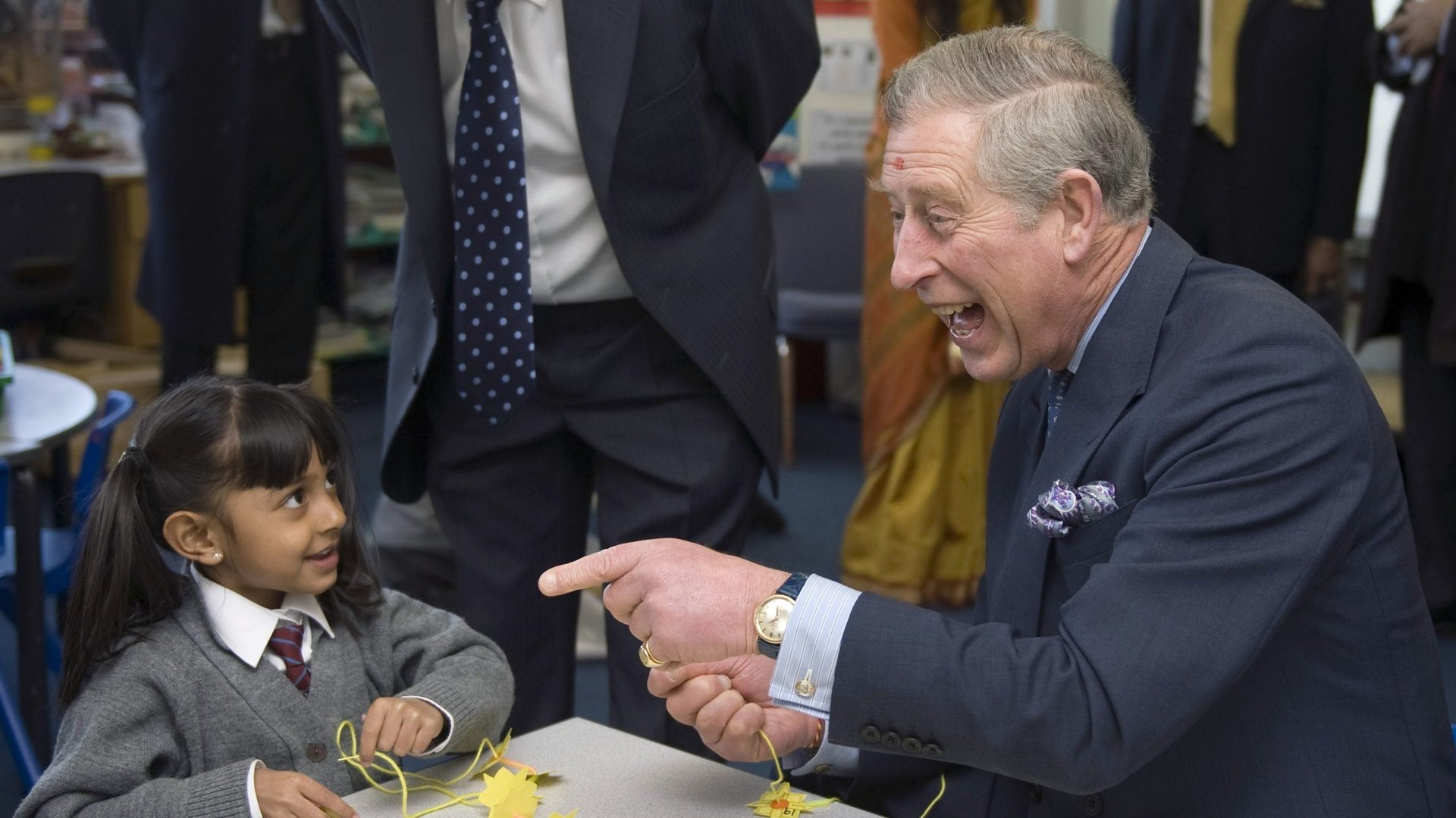There’s no universally correct way to be polite, according to linguistics
There’s no universally correct way to be polite. You wouldn’t ask your mother for a favor the same way you’d ask an acquaintance. You wouldn’t ask your boss for a favor the same way you’d ask your fellow employee or a subordinate. And you wouldn’t ask any of these people to tell you what time it is the same way you’d ask them to lend you $1,000 bucks.


There’s no universally correct way to be polite. You wouldn’t ask your mother for a favor the same way you’d ask an acquaintance. You wouldn’t ask your boss for a favor the same way you’d ask your fellow employee or a subordinate. And you wouldn’t ask any of these people to tell you what time it is the same way you’d ask them to lend you $1,000 bucks.
And you shouldn’t. What it means to be polite doesn’t look the same across those three situations, and trying to be polite the same exact way in different circumstances can have seriously different effects.
We can’t understand politeness without understanding how it relates to “saving face.” This well-known idiom refers to saving yourself from embarrassment or losing someone’s respect, but what does it actually mean in practice? Social scientists like Erving Goffman have tied the concept of face to self-image, public image, and dignity. We do a lot of work, Goffman says, to avoid and correct threats to our face.
According to Penelope Brown and Stephen C. Levinson, who wrote a classic book on politeness, politeness is a set of strategies that speakers use to save their own face, the face of the person they’re talking to, or both.
The two types of politeness
Face consists of two competing needs, and politeness has to grapple with both. On one hand we want to be liked, appreciated, and approved of—but we also want to avoid being imposed upon.
There are politeness strategies that emphasize each of these needs: involvement politeness and restraint politeness. Small talk is a classic example of involvement politeness; so are compliments, jokes, and the use of address terms that suggest closeness, like “brother,” “buddy,” and “pal.” We use these features to emphasize closeness and solidarity, like when we need to give criticism, for example.
On the flip side, restraint-politeness strategies are often indirect or ambiguous. Among the ways we use restraint politeness are using questions instead of requests (“Could you lend me a buck?”), minimizations or hedges (“If it’s not out of the way, would you take me to the store?”), and apologies (“Sorry, but…”). This way, the person asking for something can save face by acting as if they were not making a request in the first place, and the person listening can turn down the ask by not acknowledging it as a request. Consider the timely example of US president Donald Trump’s restraint politeness strategy with James Comey, which buried a request in an optimistic phrase: “I hope you can see your way clear to letting this go.”
Orders and requests make politeness strategies particularly clear because we very infrequently use bald imperative sentence structures without them. We only consider these types of demands polite in a few situations, such as when it’s a matter of urgency (“Look out!”) or when acting on the order is in the interest of the hearer (“Come in!”).
Politeness is about context
Politeness helps us save face. But what might cause someone to lose face so that we’d need to save it in the first place? Brown and Levinson argue that there are three factors that determine how serious a threat to face is. The more serious the threat is, the more features of politeness we incorporate into our speech.
First of all, how close are the people involved? The closer you are to someone, the more you can impose on them. For instance, your romantic partner will probably drive you home from surgery no matter how you ask, but what about that colleague you see twice a year? They might help you out, but asking them feels a lot less reasonable—and you’d probably go about it pretty differently.
Second, is someone relatively powerful? If there’s a power imbalance, the more powerful person can impose more. All other things being equal, parents can tell their children what to do more directly than the other way around.
Finally, what’s considered a big deal? For example, most people in the US consider money a sensitive subject. That means that if I ask about it, I’m probably going to couch it in a whole lot of politeness: “I hope this isn’t too personal of a question, but I’m trying to get a sense of how much money I really need to make it in New York, so I’m wondering if you might feel comfortable telling me what you earn.“
Compare that sentence structure to requesting a totally different—and much less important—thing: “I hope this isn’t too personal of a question, but I’m trying to get a sense of how late I’m going to be to dinner, so I’m wondering if you might feel comfortable telling me what time it is.” Does that sound ridiculous? If it does, it’s because you’ve internalized the idea that money is a touchier subject than the time.
And it works the other way around, too. Patterns of politeness (and impoliteness) can tell us about relationships in a particular interaction, about status hierarchies in a society, and about taboos. Paying attention to who is particularly polite to whom can help us easily reverse-engineer a relationship’s dynamic. Think back to the last time you started a new job, or joined a new group of friends—you almost certainly figured out who was close, and who had the real power, by listening to how people talked to each other.